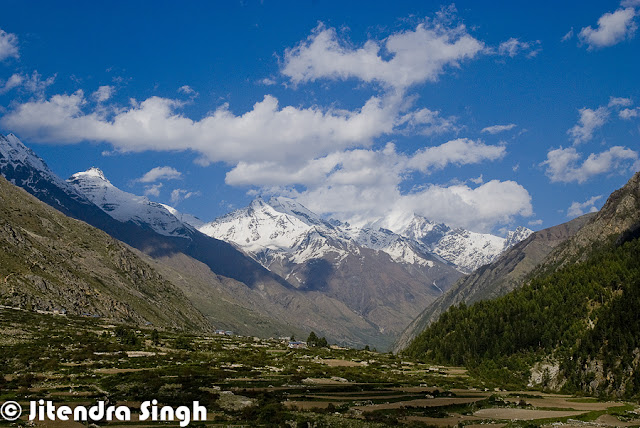An Exciting Trip to Amazing Hills of Kinnaur region in Himalayan State of India || Himachal Geographic Initiative
Here are some quick details about the Kinnaur Trip and more details can be found on Facebook Event Page -
19th May : Shimla [8:00 AM] to Sangla [05:00PM]
20th May : Sangla [8:00 AM] to Chitkul [01:00 PM]
21st May : Chitkul
22nd May : Chitkil[8:00AM] to Kalpa [01:00PM]
23rd May : Kalpa
24th May : Kalpa [08:30AM] to Shimla [08:30PM]
25th May : Shimla Local tour
Inclusions:
• Twin-sharing accommodation in comfortable rooms
• All meals (breakfast, lunch and dinner)
Exclusions:
• Any kind of personal expenses or optional tours, extra meals and Alcoholic drinks
• Insurance, laundry and phone calls
• Anything that is not included in the Inclusions list
Please note: The Tour commences and ends at Shimla, Transfer from and back to the Bus Stand / railway station [Shimla] by shared cabs will be at an additional cost. Assistance will be provided.
Dates 19th May to 25th May
More Details - https://www.facebook.com/events/167879510038000/?ref=3


.jpg)
.jpg)
.jpg)
.jpg)
.jpg)
.jpg)
.jpg)
.jpg)
.jpg)

.jpg)

.jpg)
.jpg)
.jpg)

.jpg)
Comments